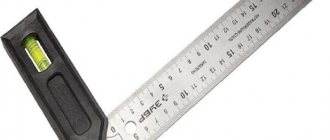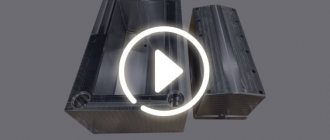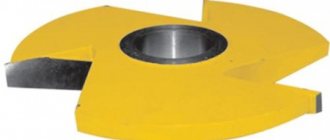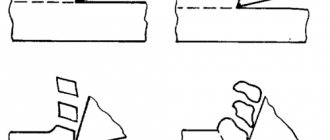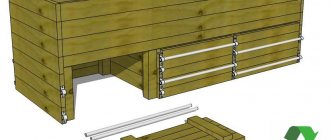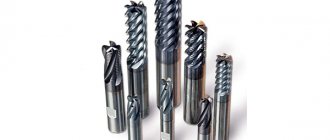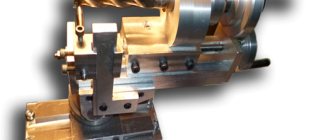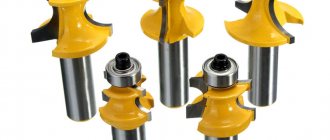Milling cutter manufacturing technology
In the industrial processing of workpieces for cutters, the following stages go through:
- processing on turning and milling machines;
- thermal hardening (up to 1200 °C) in a salt bath;
- cleaning on a grinding machine.
If you decide to make a cutter at home, the process consists of making a body where the cutter walk-behind tractor is located, knives, wedges and flanges. Grooves are cut out on the flanges in which the knives are attached. Knives for a homemade milling cutter are made from scraps of steel rod, fittings, drill, or thin-walled tube. Processed on a lathe.
Recently, tillers have become popular, making it possible to cultivate neglected lands and carry out complex soil treatment (digging, removing weeds, applying fertilizers, etc.). Curved blades for rototillers are attached to a shaft, which is inserted into the casing of a mini-tractor, motor-cultivator or other small-scale mechanization device.
While some craftsmen prefer homemade cutters, we advise you to buy an industrial cutter and be confident in its reliability and safety.
Milling cutters made in Russia and CIS countries
The production of cutters in Russia and the CIS countries uses old technologies. However, such products are characterized by optimal quality of workpieces without the use of low-grade additives. On the territory of our country there are:
- former workshops of large industrial complexes;
- tool shops of factories, which have become separate divisions;
- newly formed enterprises.
The main factories for the production of milling cutters are: Belgorodsky, Lviv Instrumental, Moscow enterprise Frezer.
What materials are cutters and cutter knives made from?
Materials for the manufacture of cutters and cutter knives must have the following qualities:
- hardness and mechanical strength, because they need to process various materials, and the knife must be at least harder than the material being processed;
- wear resistance so that the cutter honestly serves the allotted operating time;
- Heat resistance to withstand high temperatures during operation.
Therefore, for the manufacture of cutters and knives for cutters, the following is used:
- carbon tool steels – for processing products at temperatures in the working area up to 250 degrees and speeds up to 15 m/min;
- alloy steels (with the addition of additional elements, for example, molybdenum, tungsten, etc.) can withstand temperatures up to 350 degrees, speed – 25m/min;
- Knives for milling cutters are made from hard alloys (usually with the addition of titanium, tantalum, cobalt and other metals), which allow processing the surface 5-10 times faster, but at different temperatures at the cutting site;
- a metal-ceramic milling cutter knife can withstand much higher temperatures, but is less durable than a carbide milling cutter knife;
- synthetic diamonds are used as a “finishing” agent for final processing;
- for soft processing (in special tools), they practice making heads and knives for cutters from silicone or pomegranate crumbs.
What types of cutters are there?
First of all, you need to understand for what purposes the cutter is used. Usually distinguished:
- cutters for metal work;
- milling cutters for carpentry;
- specialized cutters for certain devices (for example, cutters for pedicure or manicure devices).
Let's consider each option. Milling cutters for metal work are classified according to several parameters:
Milling cutters for woodworking are distinguished by:
- type of construction - prefabricated, with replaceable edges, monolithic;
- purpose and processing method - groove, edge, seam, cone, fillet, figured, figured, combined.
Milling cutters for household appliances are distinguished by
- size of the nozzle and sharpening of the teeth;
- shape of nozzles;
- rigidity of the material.
